AMD Athlon 64 FX-53 CPU Review
AMD Athlon 64 FX-53 CPU
The second generation Athlon 64 FX part is certainly very fast and will no doubt also be very expensive.
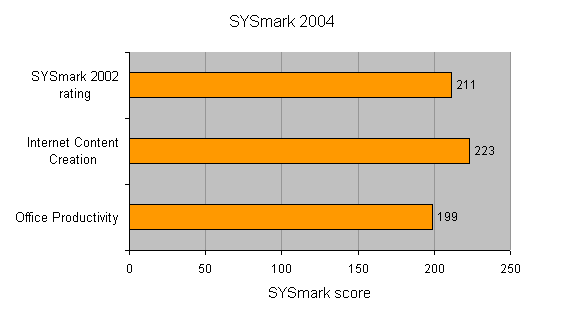
Verdict
Key Specifications
- Review Price: £582.00
It was September 2003 when we last saw an Athlon64 FX break cover. That of course was the much applauded, if slightly pricey 2.2GHz FX-51. The latest FX CPU from AMD is the FX-53, featuring an architecturally identical core to the FX-51 but running instead at a slightly faster core speed of 2.4GHz.
The “FX” range of processors is aimed very much at the “prosumer” or enthusiast market. It’s more costly than the more mainstream Athlon64 but also performs better due mainly to its 128bit integrated memory controller. The standard Athlon64 also features an integral memory controller but at only 64bits wide it offers significantly lower bandwidth and as a result this pegs back its performance levels in some situations.
Like the Athlon64, the FX-53 features a 0.13 micron core on which there resides some 105.9 million transistors. That sounds a lot but in comparison, the soon-to-be-released NV40 GPU from nVidia is rumoured to feature over 200 million transistors!
Onboard cache comprises 64Kb of L1 data cache and 64Kb of L1 Instruction cache, combined with 1024Kb of L2 cache for an effective total of 1152K. Keeping the memory bus whizzing along, the integrated 128bit dual channel memory controller also operates at the full core speed meaning, in this case, 2.40GHz. With both memory, bus and the northbridge components all running synchronously with the core, any boost in CPU frequency brings with it immediate benefits in these other areas too by default, making for a processor that should scale very nicely as its speeds grow.
The great news for all AMD users is that the new range of 64bit processors, including the 64 and FX, now have their ceramic packaging and die protected by a copper heat spreader, a-la-Intel. This may not sound like a praiseworthy innovation unless you happen to be someone who has suffered the “crunch of death”; a not uncommon sound created by fragile 32bit Athlon cores splintering to destruction as you apply the heatsink. Interestingly the heat spreader doesn’t seem to feature a vent hole as is seen on Intel’s part.
The FX-53 is still a Socket-940 part and it seems AMD will sell Socket-940 and the planned socket-939 CPUs side-by-side for at least a little while to come. The reasons for AMD’s decision to adopt Socket-939 aren’t entirely clear, but it certainly seems that it will allow motherboard manufacturers to opt for cheaper four-layer PCBs rather than the current six-layer versions, and to use regular DDR instead of registered DDR. In other words, they’ll be taming some of its slightly too elite, Opteron-like traits in favour of a product better suited to gamers and those whose needs are less “mission critical”. Something perhaps AMD should have done from the start considering how similarly the Opteron and FX perform.
My test system was supplied pre-built and pre-configured by AMD, so of course I went over it with a fine-tooth comb looking for anything that might give artificially high results. Not because AMD can’t be trusted, just because I have a deeply ingrained suspicious streak. I found nothing by the way.
The system was built inside a Cooler Master Wave Master with windowed side panel. The motherboard used was an ASUS SK8N with its nForce3 Pro 150 chipset. Two 512MB sticks of PC3200 CL2.5 ECC registered memory filled two of the four available slots, while graphics were taken care of by a 256MB Gigabyte GeForceFX 5950 graphics card. Windows XP in its 64bit beta version sat on a pair of RAIDed Western Digital, 10,000rpm Serial-ATA hard drives, while a copy of Windows XP Pro occupied a single Parallel-ATA drive. The whole, impressive set-up was lit with a couple corporate-green CCFL tubes to complete the effect.
Performance during testing held very few surprises. We’re already familiar with the benefits of SSE2 and 3DNow! So we’re essentially dealing with a simple 200MHz speed bump. As I mentioned though, this in itself leads to associated benefits in terms of memory and data bus efficiency and both of these were evident from my results which, generally speaking, pointed to this as being probably the fastest desktop CPU your money can buy right now. This is no doubt a relief to AMD who must have questioned its own marketing wisdom when the Athlon64 3400+ began nudging at the performance levels displayed by the original FX-51, helped admittedly by VIA’s very able K8T800 chipset.
Despite its blazing speed the FX-53 is a tough product to place. It’s undoubtedly the cream of the current CPU crop, but to whom will it ultimately appeal? If it takes the eye and the coin of the Opteron user then this will impact AMD’s bottom line, while I suspect the savvy gamer with deep pockets is holding off buying until they see what a Socket-939 Athlon FX is capable of.
In terms of feathers in caps, this is almost a full headdress. It’s AMD’s fastest clocked CPU ever. It’s the fastest desktop CPU currently available on balance. It has the fastest memory controller ever created and it does it all for both 32bit and 64bit code. By rights Intel should be cowering in fear, humiliation or possibly both. Unfortunately though, unless AMD can conjure up a fully functional 64bit Windows based operating system for those who aren’t ready to dabble with Linux, and then get all the big-name software titles ported to take full advantage of it, it’s just punching under water and really not making the impact we all know it can.
With a retail price of almost £600, the FX-53 is far from cheap and you’d have to be a serious performance junky to stump up the cash. That said, you will be getting the fastest CPU that AMD has ever made, and the basis for building PC that will make short work of anything you care to throw at it.

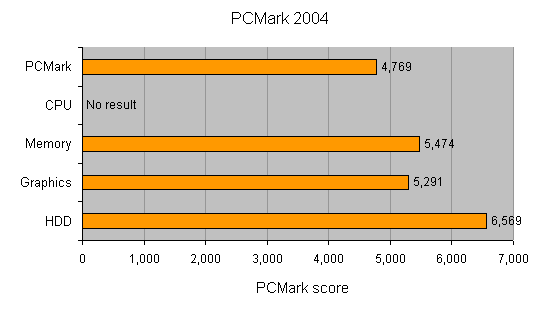
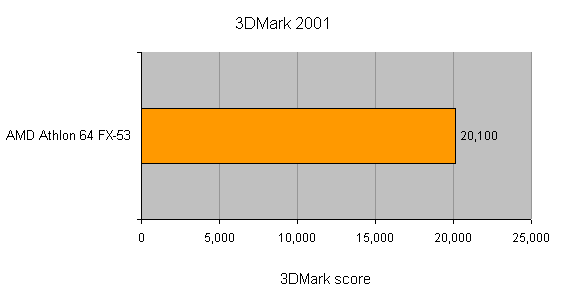
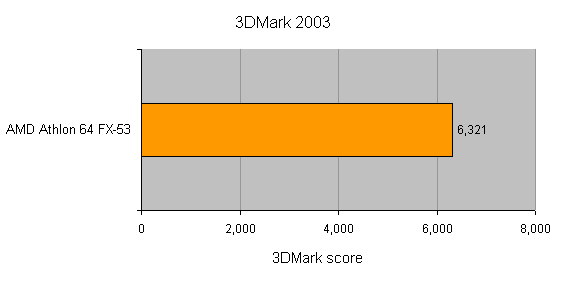
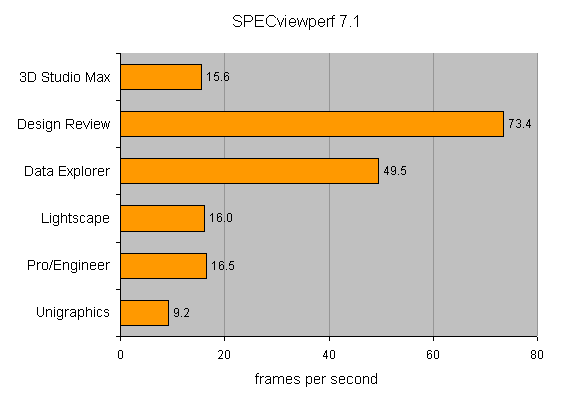
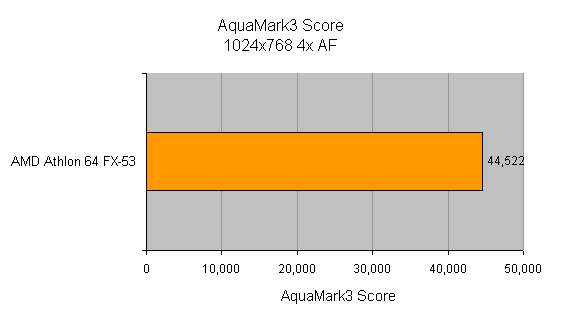
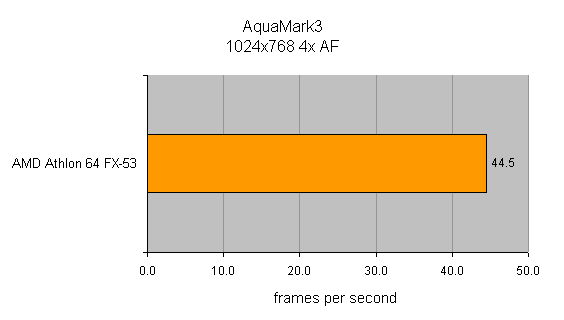
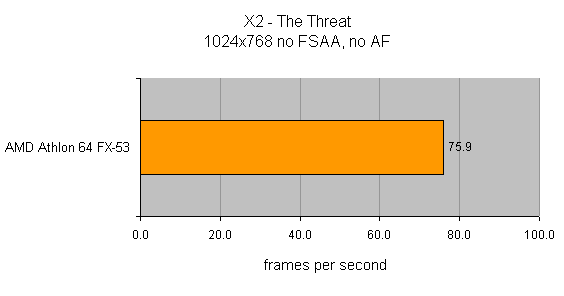
Trusted Score
Score in detail
-
Value 6
-
Performance 9

